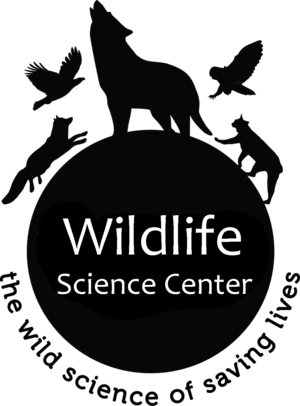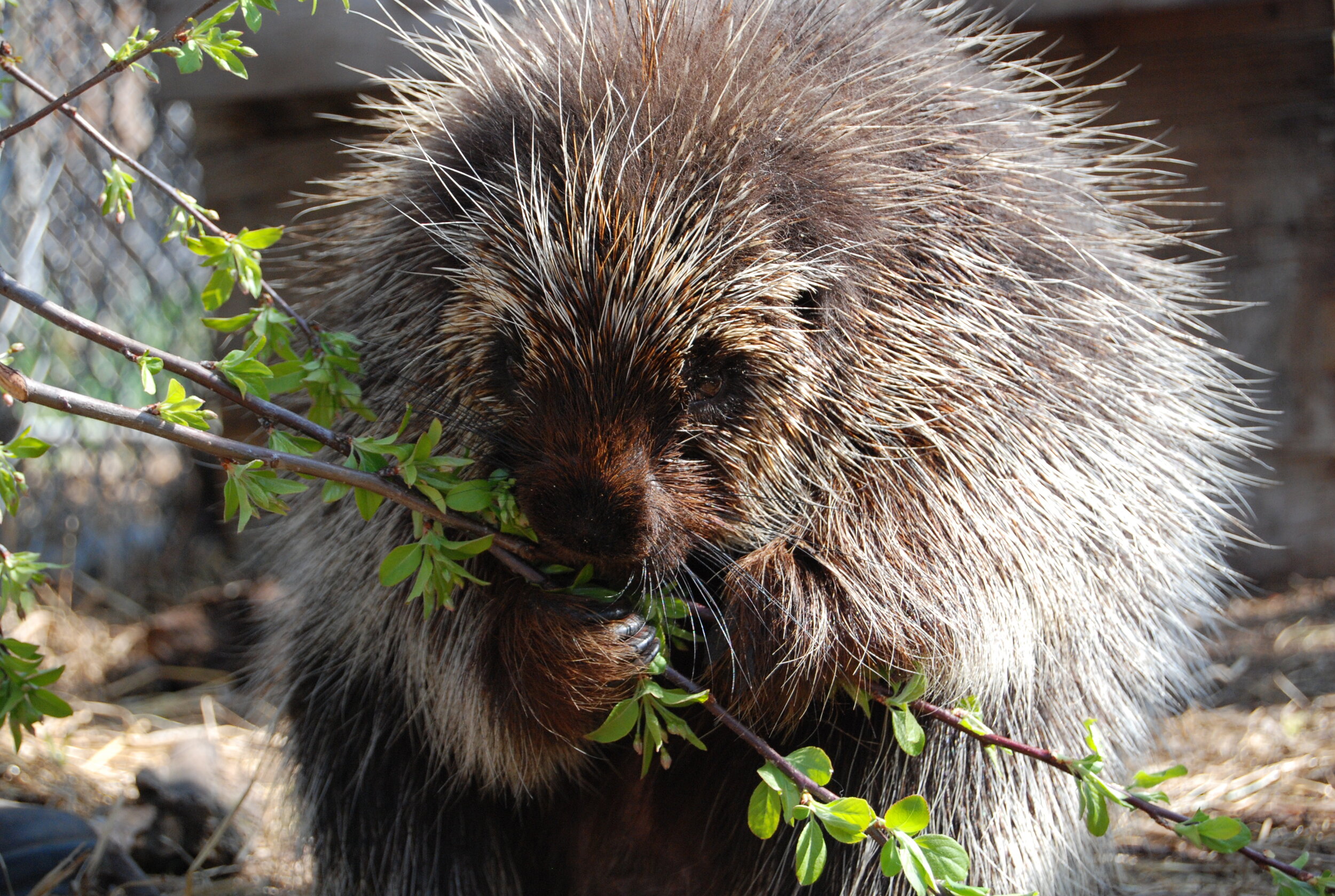North American Porcupine
Erethizon dorsatum
IDENTIFICATION
Length: They are 26 to 27 inches long.
Weight: Adults vary in weight from 10 to 28 pounds.
Color: They are black or brown in the East and yellowish in the West. Long guard hairs on front half of body, with quills on their rump and tail. They have a large, chunky body, with high-arching back, short legs, and long curved claws.
HABITAT
Range: They are found throughout North America (Canada to Mexico).
Diet: These rodents are herbivores. They will feed on leaves, twigs, and green plants such as, skunk cabbage, lupines, and clover in the spring. During winter they chew through the rough outer bark of various trees, including pines, fir, cedar, and hemlock, to get at the cambium (the inner bark). Sugar maples, young beech trees, basswood, apple, and aspen are favorite trees. They also eat young ash leaves, acorns, and beechnuts when available.
Status: Least Concern. They are common in Minnesota.
North American Porcupine track. Image from British Colombia Adventure Network (BCAdventure.com).
North American Porcupine Range. Image from ConiferousForest.com.
LIFE CYCLE
Reproduction: They mate in October/November. The males will fight over females, with the victor squirting urine over the female. Gestation is about 7 months long, with a single young born between May and June. Baby porcupine quills are well formed but they don’t harden until half an hour after birth.
Adaptations: These solitary animals are active year-round, but may den up (sometimes with other porcupines). Porcupines have around 35,000 quills that are used as a defense mechanism. Quills cannot be “thrown”, but detach very easily, with the microscopic barbs on the end of each quill expanding and becoming embedded. They also have bacteria in their digestive tract that contains enzymes that aid in the digestion of cellulose (found in plant matter), which is important for these herbivores.
North American porcupines are one of the largest rodents native to North America. They have ever-growing teeth that are worn down by chewing on wood. If they are unable to wear down their teeth, they will continue to grow inward and eventually result in the animal’s starvation.
North American Porcupine skull. Image from AcornNaturalists.com.







